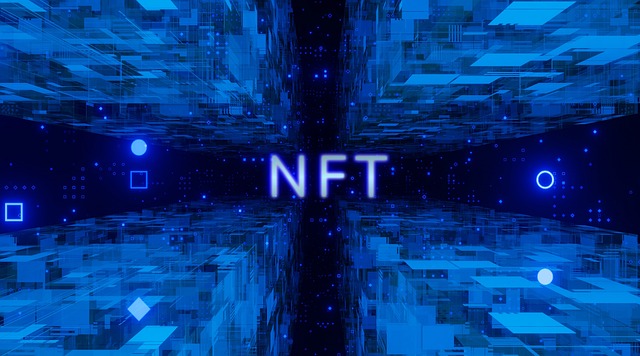Blockchain and Cryptocurrency

Let’s start with a few quick definitions. Blockchain is the technology that, among other things, ensures the existence of cryptocurrency. Bitcoin is the name of the most famous cryptocurrency for which blockchain technology was invented. Cryptocurrency is a medium of exchange like the U.S. dollar, but it is digital and uses encryption techniques to manage the creation of monetary units and verify the transfer of funds. Cryptocurrency works through blockchain because it too is a decentralized digital system.
Bitcoin was the first and original cryptocurrency, but now the list is very extensive. In addition, Bitcoin was once the only blockchain. Despite many doubts and much skepticism, it seems that both technologies have become an important part of our economic systems, at least for the foreseeable future. Much has changed and advanced in recent years, but despite the fact that the terms are so closely aligned, there is still a great deal of confusion.
How do blockchain technology and cryptocurrency work together?
Blockchain is not a complementary technology to cryptocurrency, but a fundamental feature of cryptocurrency. Ultimately, blockchain and cryptocurrencies are united by a common beginning. However, they are by no means of similar caliber; when one versus the other, blockchain goes beyond cryptocurrencies. Not limited to the financial sector, blockchain offers many solutions that could disrupt various markets in the coming years.
The reason the terms have become so synonymous is probably because the first blockchain was a database that stored every bitcoin transaction. When it emerged in 2009, blockchain was not known as such. It got its name because of the way transactions were grouped into blocks of data and then bundled into a chain using a mathematical function that creates a hash code. The design existed before Bitcoin, but it was this revolutionary and first cryptocurrency that led to the prominence of the system.
Three innovative blockchain applications
You don’t have to go far to make a list of innovative applications of blockchain technology. Even the most non-technical areas find applications for the decentralized database – health care, politics and voting, real estate, government and education – all find uses for its powerful and secure way of storing, verifying and encrypting data. Here are three other applications of blockchain technology, some of which are emphasized by cryptocurrencies:
Finance
The financial sector was built on the need to transfer money from one person to another. This required a reliable intermediary in the form of a bank. This ensured the safe transfer of money. Blockchain now effectively eliminates these intermediaries by decentralizing transactions. A decentralized marketplace offers buyers and sellers security within their transactions, reducing the threat of cyberattacks and encouraging transparency between the parties. Bitcoin is a perfect example of this, and when applied at scale, could potentially facilitate millions of financial transactions a day.
Smart contracts
Smart contracts act as self-executing programs that simplify the terms of the agreement between the seller and the buyer directly through code. This agreement and code exist in a distributed, decentralized blockchain network, making transactions traceable, transparent and irreversible. This type of automation can dramatically increase productivity and reduce costs in business. Simply put, it helps you exchange property, stocks, money or anything of value without conflict and transparently, while avoiding intermediary costs.
Greater cybersecurity
Blockchain communication is transmitted and terminated using advanced cryptographic processes that confirm that the information is coming from the correct source. This technology reduces the likelihood that sensitive information will be intercepted by hackers, thereby providing better data protection.
The future of cryptocurrencies and blockchain
Global blockchain spending is projected to reach $11.7 billion in 2022. As blockchain startups and traditional institutions increasingly take advantage of the momentum provided by this technology, blockchain and cryptocurrencies are creating disruption far beyond the financial services sector.
It’s easy to fall victim to the hype, but the pace of technology development isn’t going to slow down. Despite all the talk of the bubble bursting, some continue to see blockchain-based currencies as a good long-term investment. As blockchain continues to strengthen its usefulness, awareness of its uses and benefits will grow, and over time blockchain will become less and less associated with its former cryptocurrency partner Bitcoin.
Blockchain and cryptocurrencies play a key role in innovation in all industries. MIT Technology Review notes that cryptocurrencies are down more than 90% from 2017, but they remain confident that the technology behind it, blockchain, is in no way established. In fact, the ongoing normalization shows that this technology could be our future.





